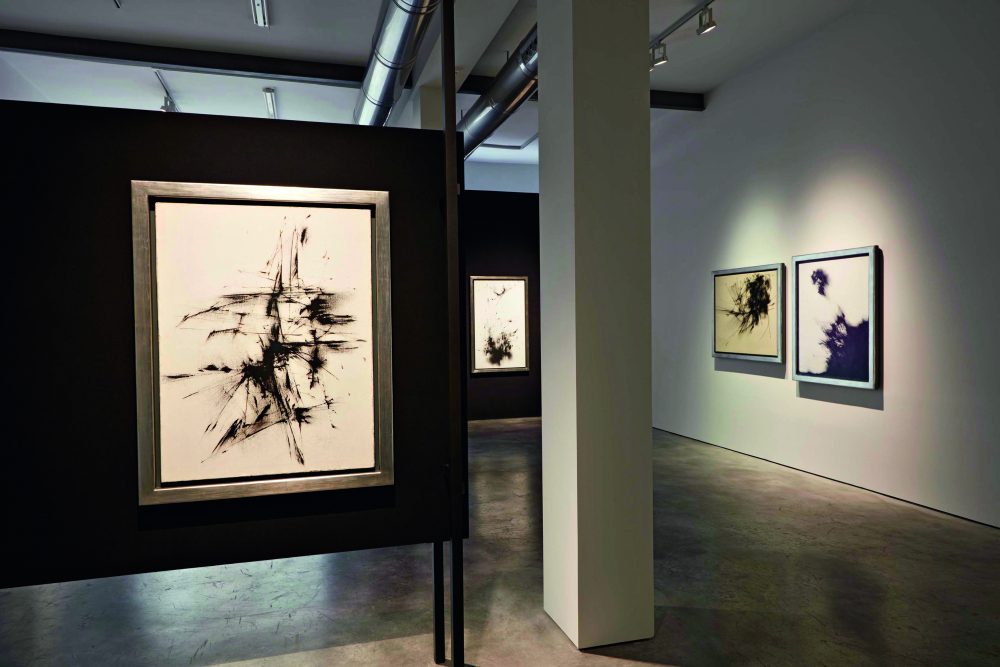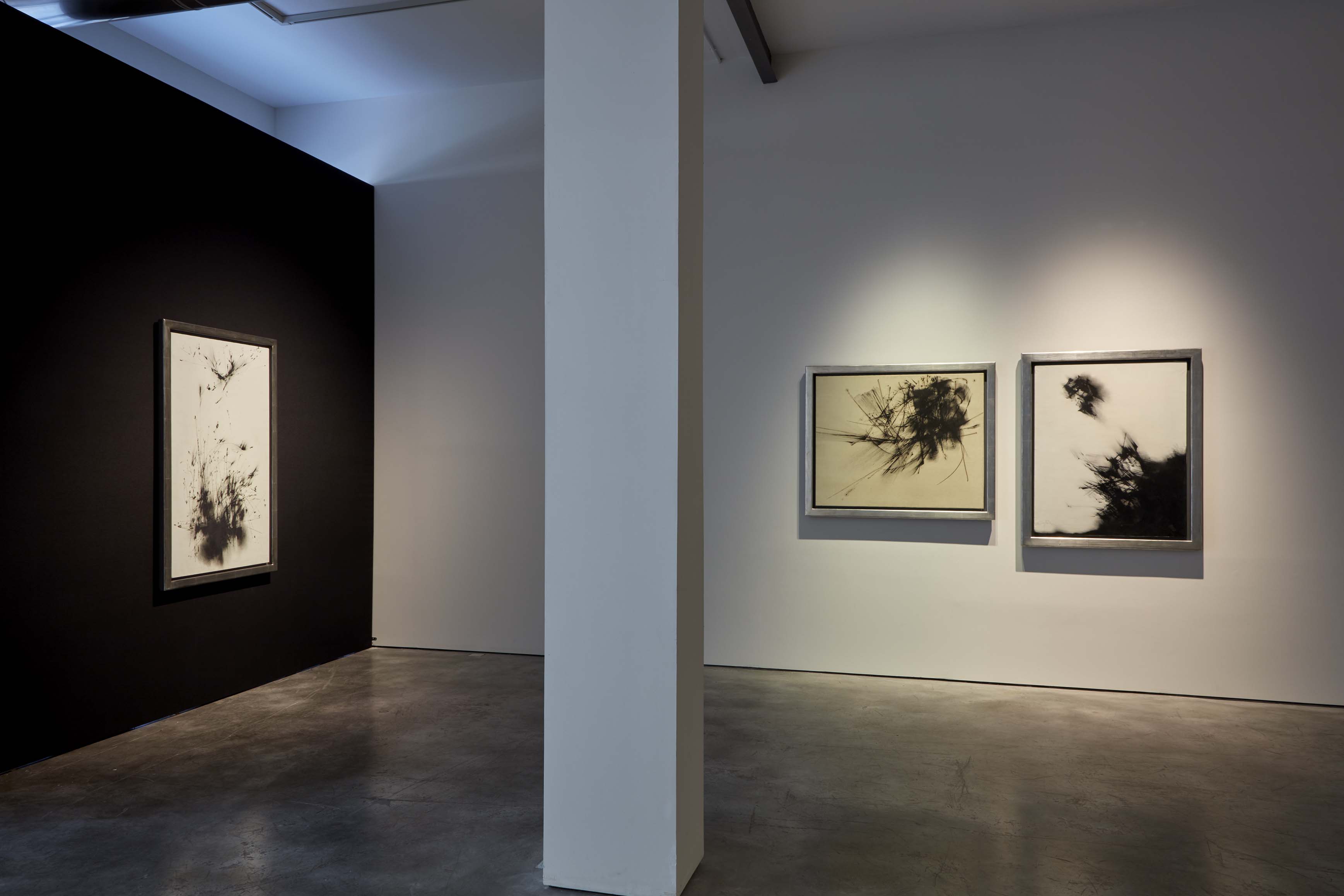Galería Cayón is pleased to present the first solo exhibit of Fernando Zobel (Manila, 1924 – Rome, 1984) in the last twenty years. This exhibit will be devoted to the works created by the artist between the late 1950s and the early 1960s, years during which the painter discovered and affirmed his personal artistic language.
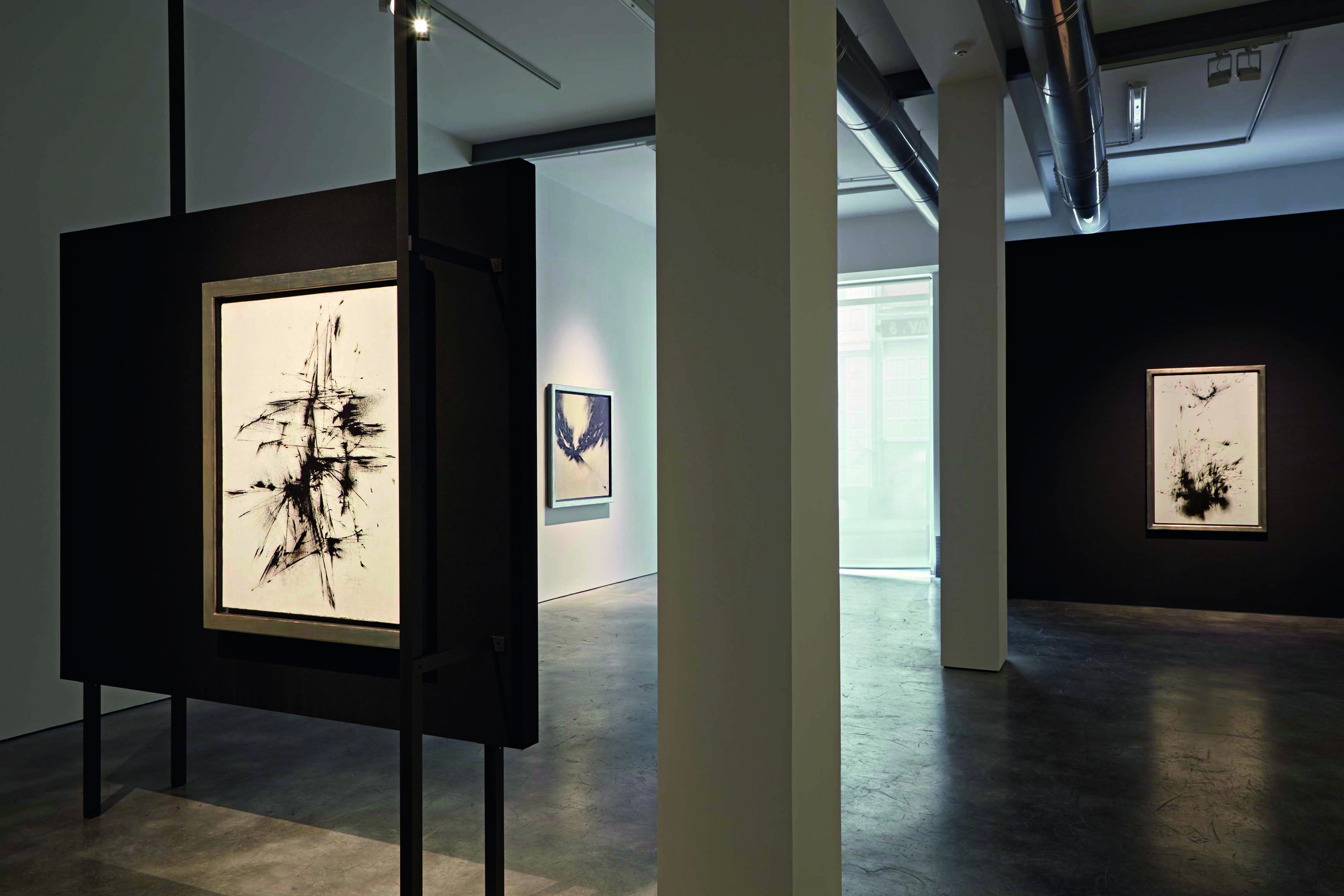
A citizen of Spain, although Filipino by birth, Fernando Zobel was educated and then developed as an artist in the diverse and distant settings of the United States, the Philippines, and Spain. In 1961 he became a permanent Spanish resident, and shortly thereafter he founded the Museum of Spanish Abstract Art in Cuenca, which was to become an important intellectual and artistic nucleus for the avant-garde artists of the Spanish postwar era.
Accordingly, we find in Fernando Zobel a convergence of such diverse influences as American informalism, the expressionism of Spanish abstract art, and Far Eastern calligraphy. They would all contribute decisively to the fulfillment of a style and technique that Zobel started to develop in 1956, when the artist fully embraced abstraction and began eliminating whatever he deemed superfluous from his work. At the same time, he was giving artistic expression to the imprint which the reality he observed left in his uncluttered mind.
In the works offered at Blanca 7, we see how, in the late 1950s, Zobel would reduce his chromatic scale and his brush strokes to the extreme. Ultimately, we perceive only whites and blacks, and the fine lines he created, not with a paintbrush, but with glass syringes. This innovative technique allowed him to express movement—his dominant interest at the time—with maximum precision. What appears on the canvas, however, is not the movement of a particular object but the universal concept of movement. It is the expression of sensed motion, rather than its imitation. In other words, what we observe is the rendition of visually captured swiftness, by way of finely honed gestures and black lines, through which Zobel transforms his canvases into a lyric form of evanescence. Among these works is “The Birth of Pegasus,” which was exhibited at the Venice Biennale in 1962.
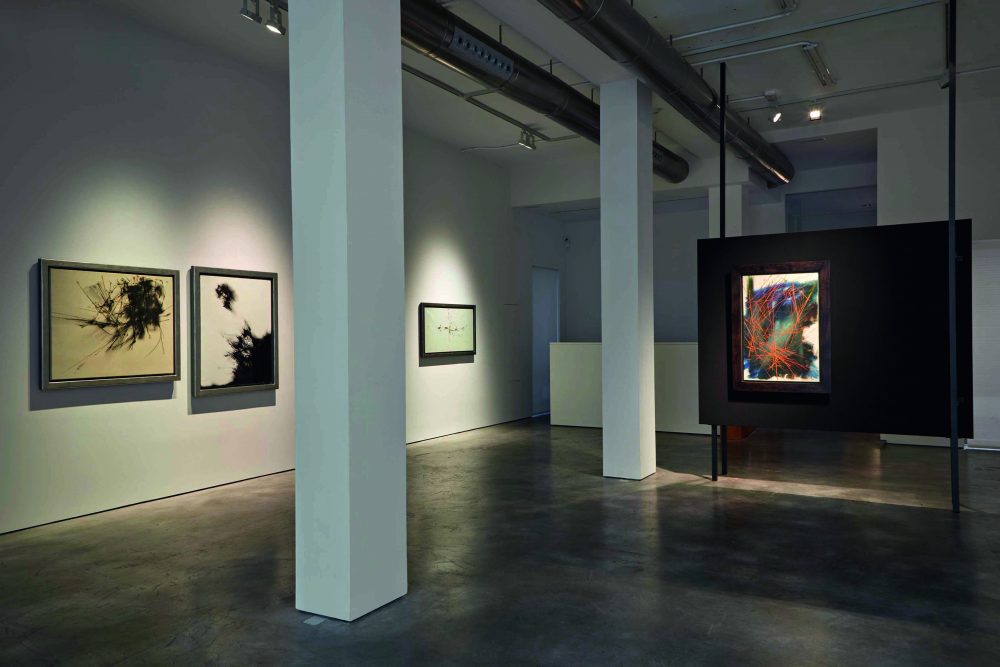
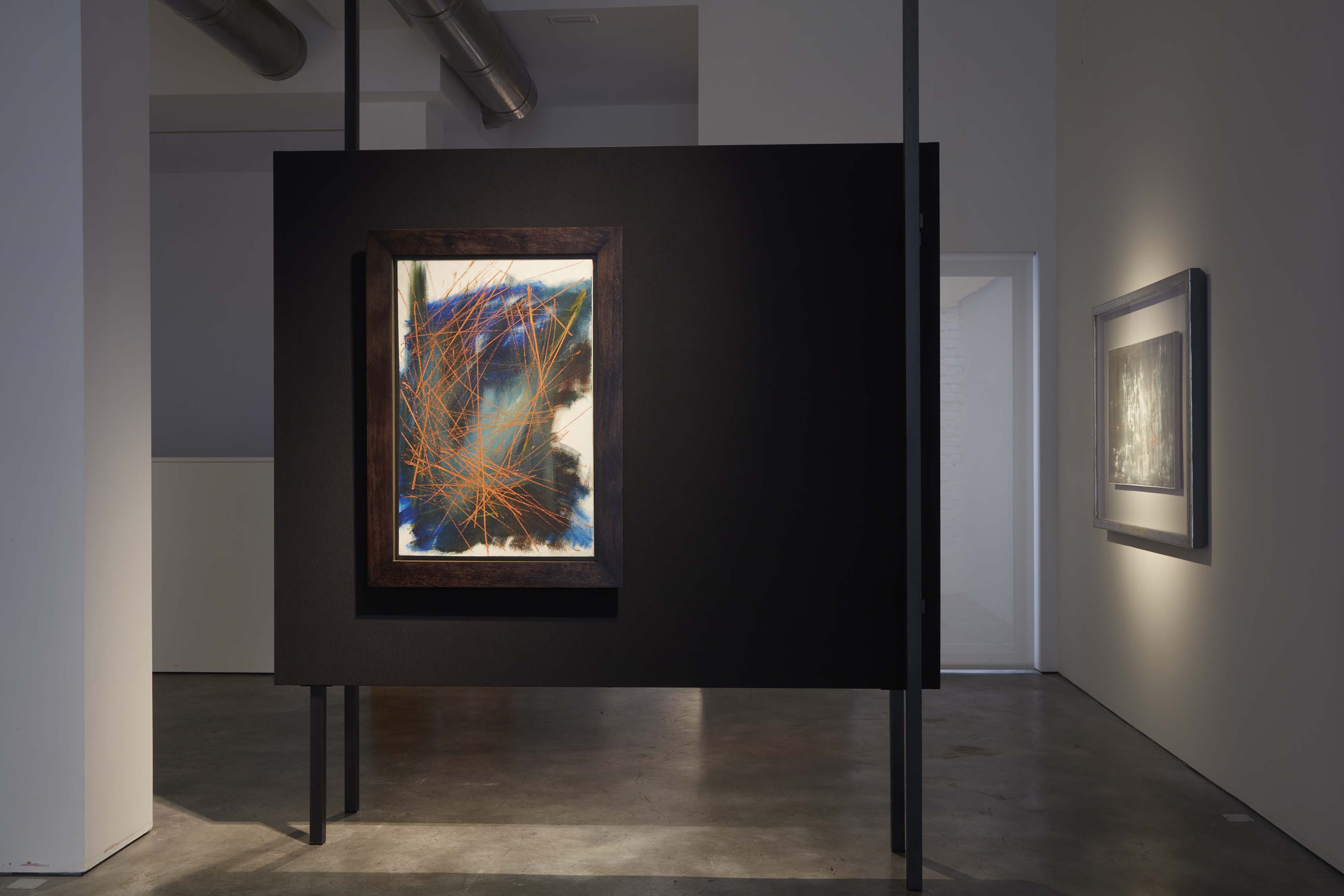
Fernando Zóbel currently ranks among the major artists, not only of Spain, but also of Asia. His work appears in renowned collections and international museums, including the Ayala Museum in Manila, the Museum of Fine Arts in Boston, the Museo Nacional Centro de Arte Reina Sofia (also known as The Queen Sofia Museum) in Madrid, the Museum of the Royal Academy of Fine Arts of San Fernando in Madrid, and the Museum of Spanish Abstract Art in Cuenca. A catalogue featuring an essay by Francisco Calvo Serraller was published in the occasion of this exhibit.
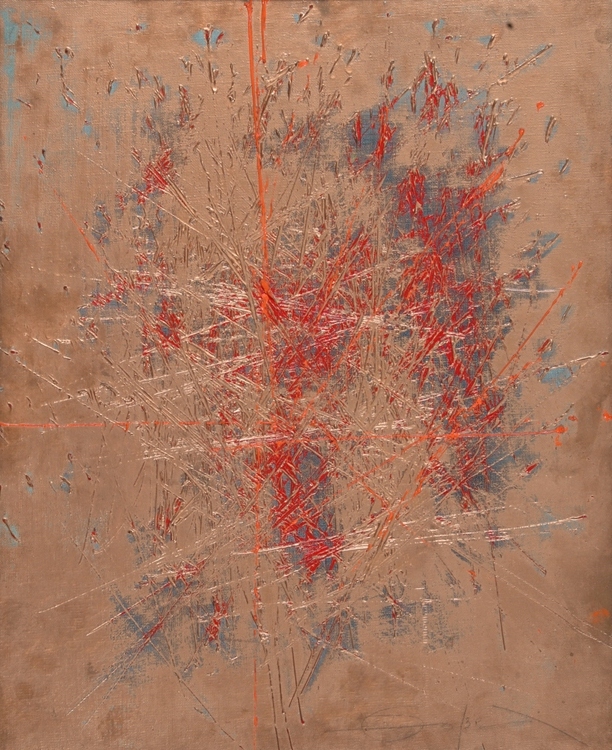
Santa Faz II, 1959
Oil on canvas
50×40 cm
Signed on the lower right.
Dated “Enero 25 (crossed) Abril 5 1959”, Titled and numbered 282 at the back

El nacimiento de Pegaso, 1961
Oil on canvas
100×81 cm
Signed on the lower left.
Signed, titled “Junio 16/61”, Titled and numbered 422 at the back.
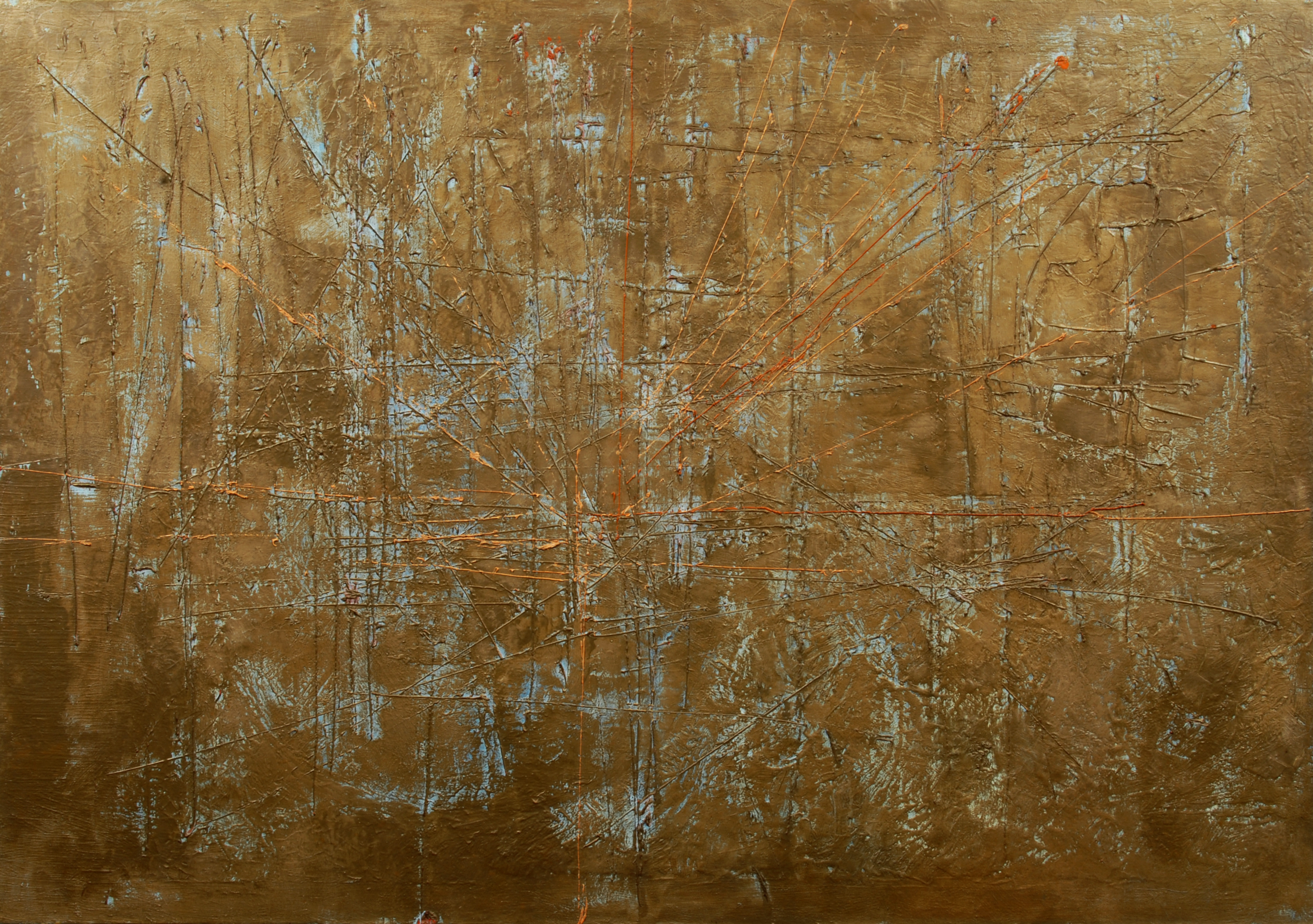
Bronce I, 1959
Oil and glitter on linen
81.3 x 116 cm
Signed very slightly on the lower right.
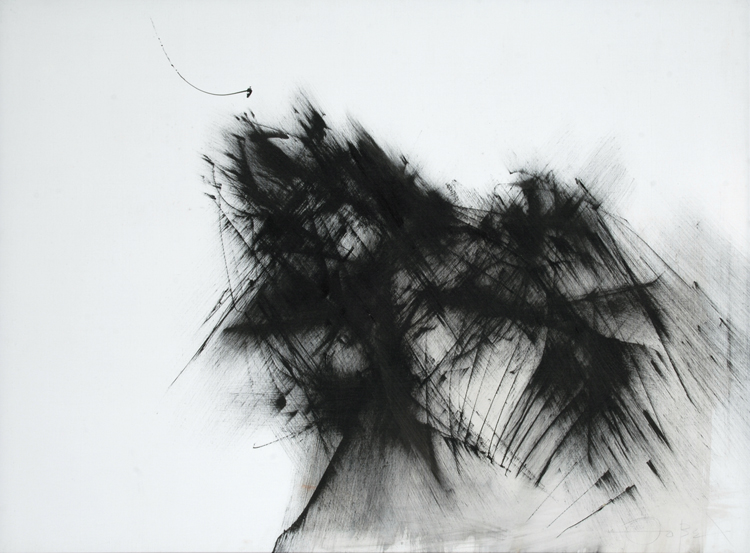
Malagón, 1961
Oil on canvas
97×130 cm
Signed on the lower right
Signed, dated, titled and numbered 437 at the back.
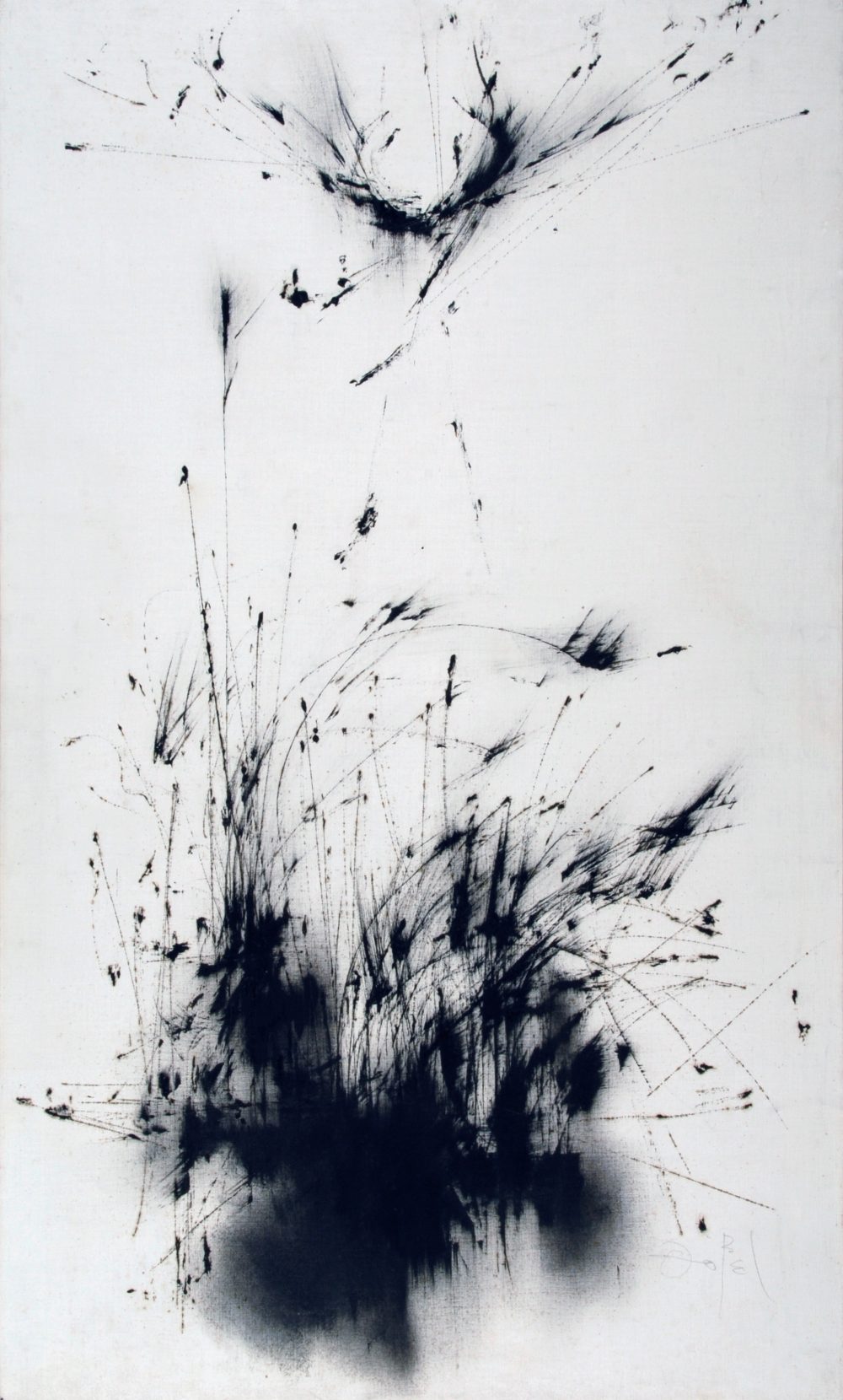
Saeta con hierba, trigo y sol, 1959
Oil on linen
127,1 x 76,4 cm
Signed at the lower right
Signed, dated “Agosto 30/59” and titled on the back.
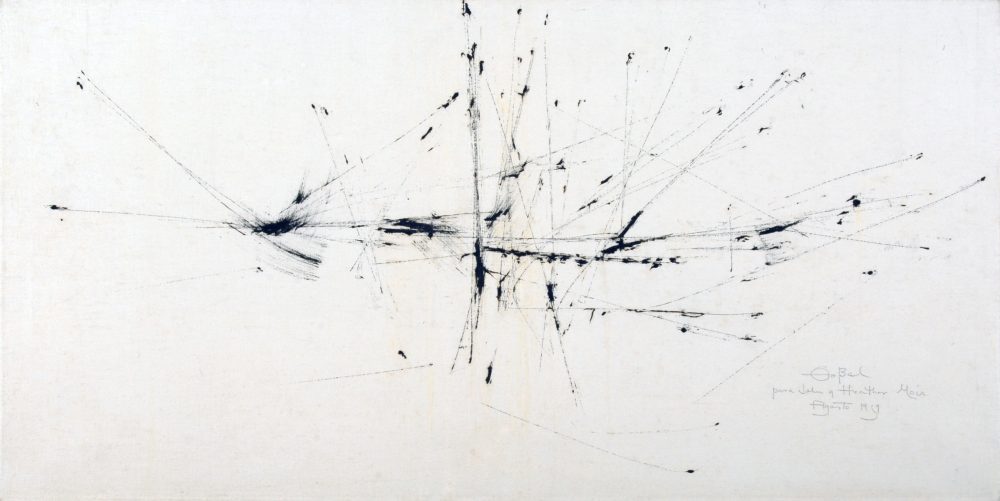
Saeta Marina, 1959
Oil on canvas
58,5 cm x 117, 5 cm
Signed, dedicated and dated on the lower right.
Signed, titled and dated “Agosto 25/1959”
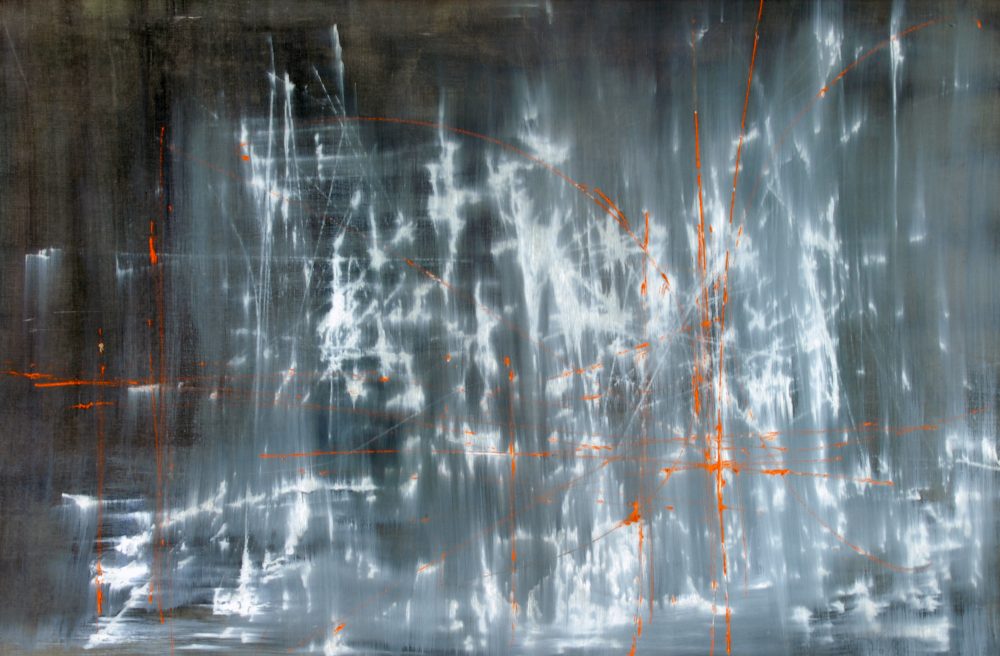
Saeta Filadelfia o Saeta 82, 1958
Oil on canvas
56×89 cm
Signed on the lower right
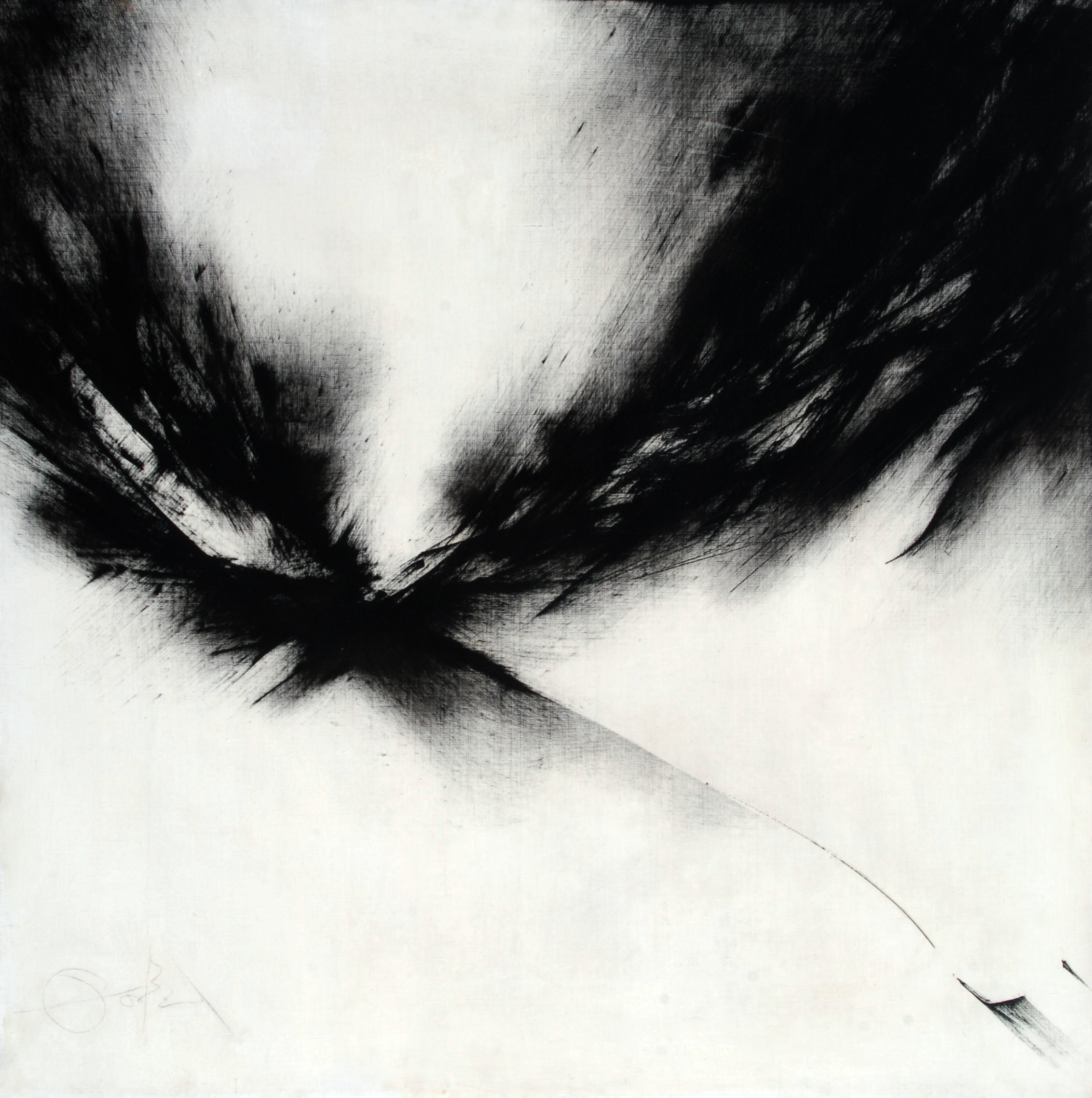
Sepúlveda, 1962
Oil and pencil on canvas
100×100 cm
Signed on the lower left.
Signed, dated “Mayo 1962”, titled and numbered 504 at the back.

Cissa, 1961
Oil on canvas
97×146 cm
Signed on the lower right.
Signed, titled and numbered 298 at the back.

Istonium, 1959
Oil on canvas
81,2 x 100 cm
Dated “Julio 26 / 59”. Titled and numbered 318 at the back.

Saeta IV, 1957
Oil on canvas
92 x 61 cm
Signed on the lower right.
Signed, dated, “Junio 6/57” and titled “Forma IV” at the back.
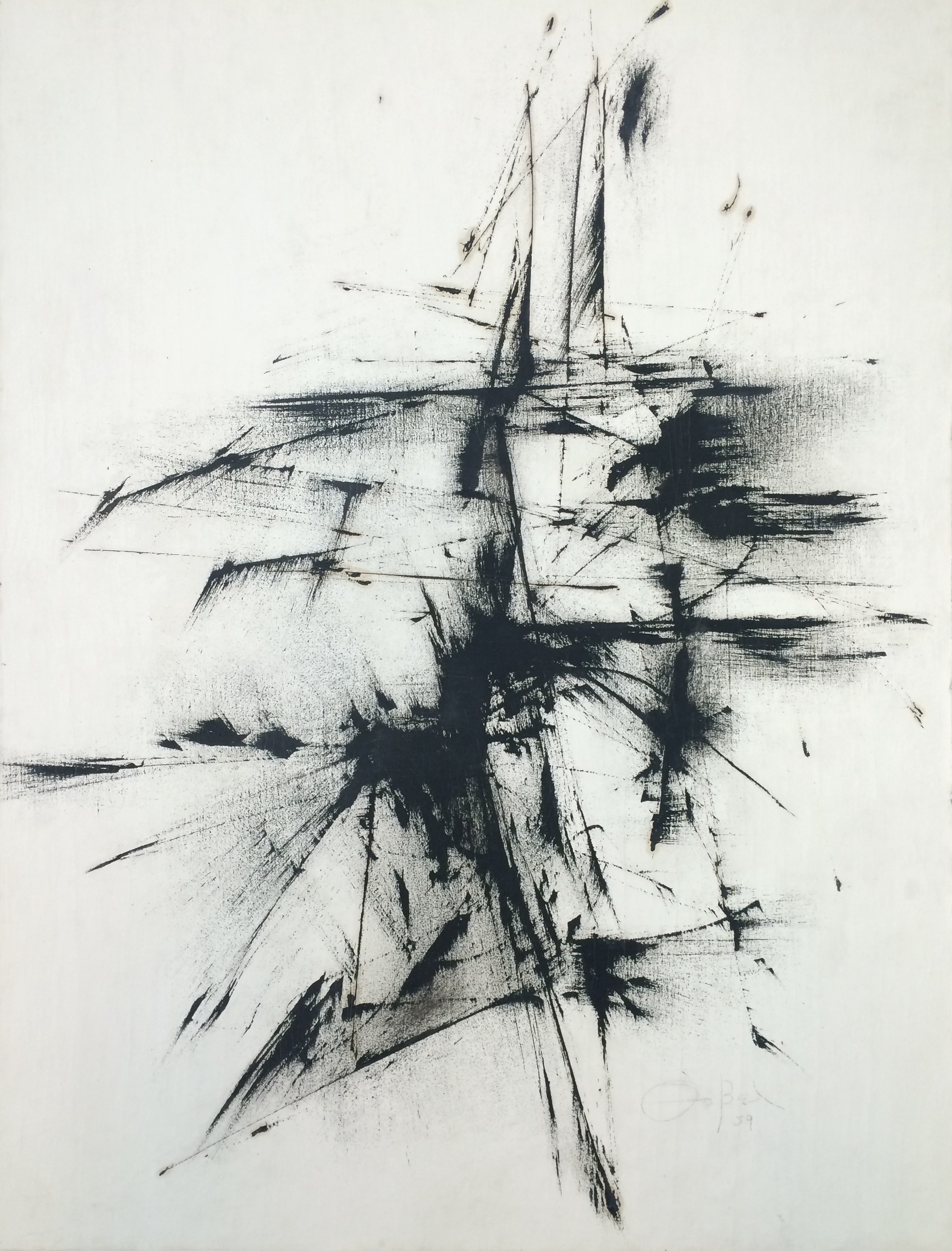
Ícaro I, 1959
Oil on canvas
100×75 cm
Signed and dated on the lower right.
Signed, dated “Nov 29/59” and titled in greek “IKAPOΣ I” at the back.
